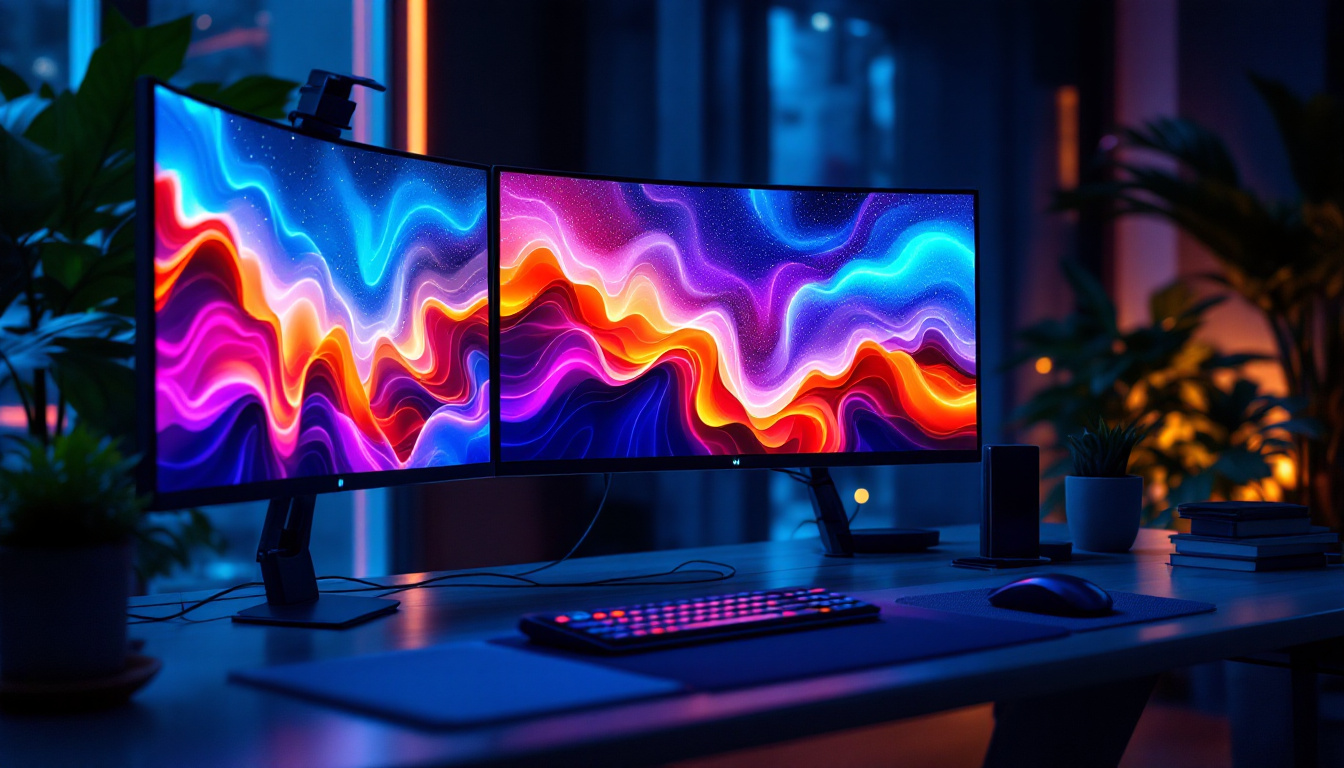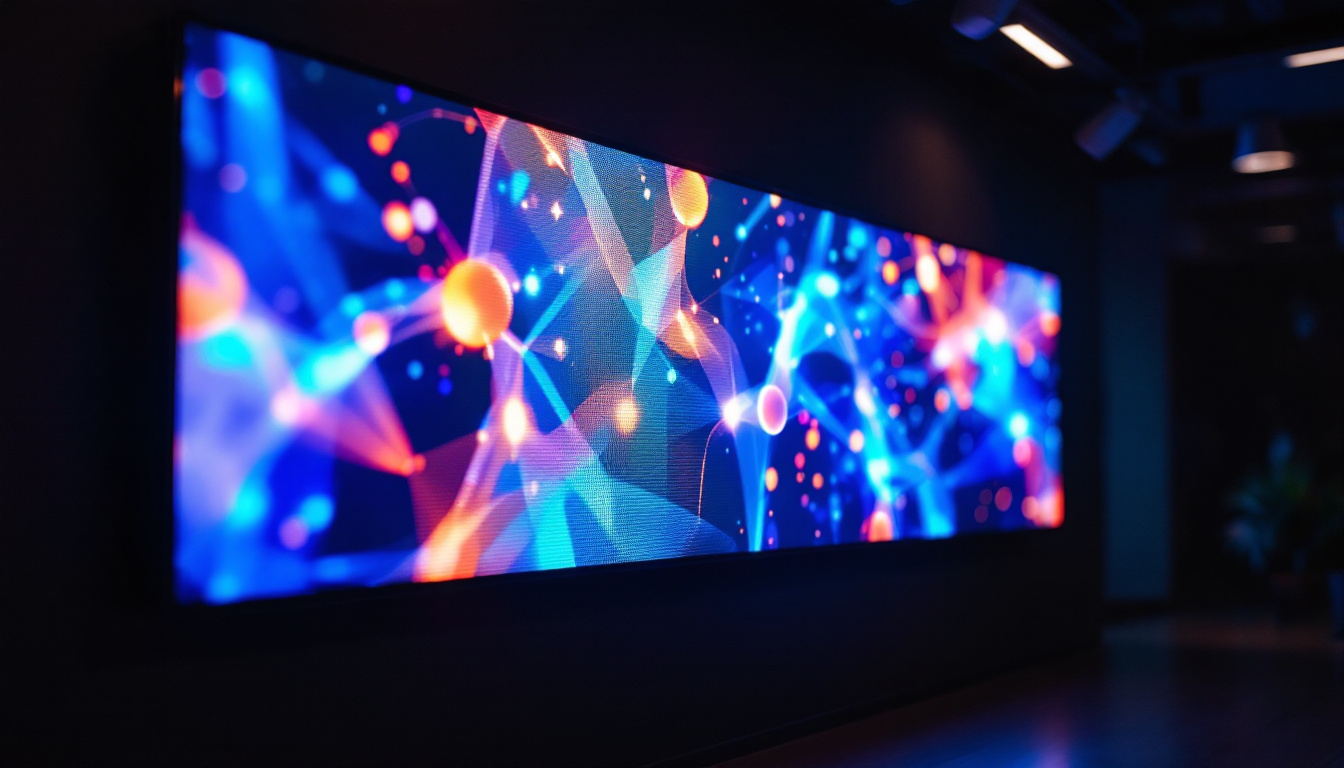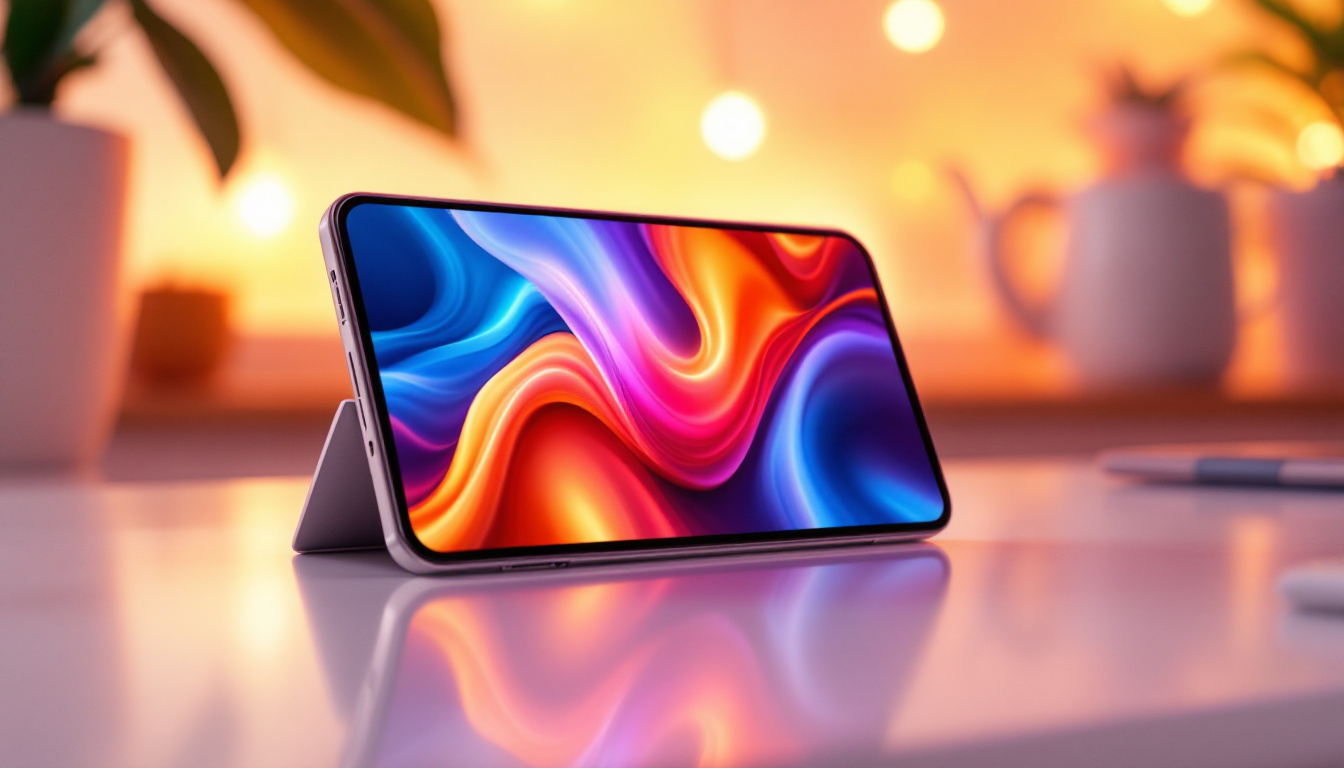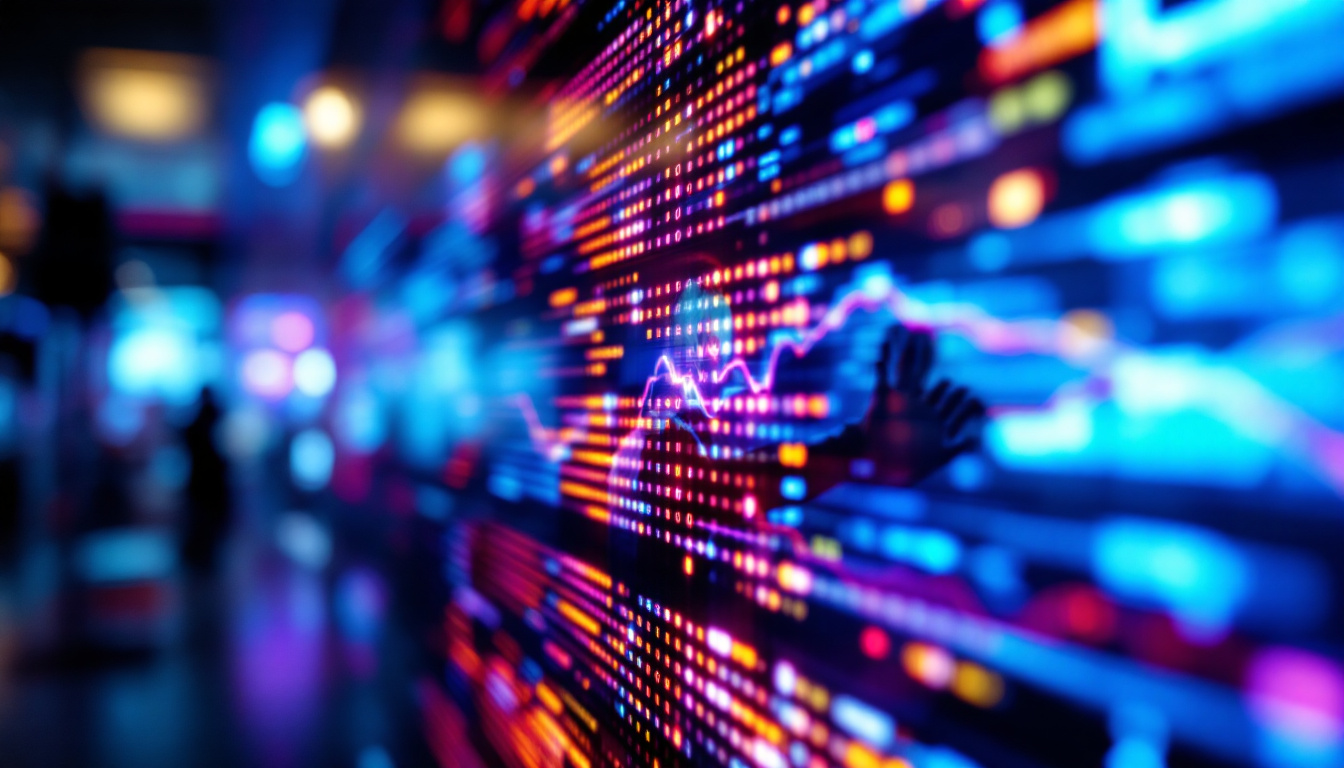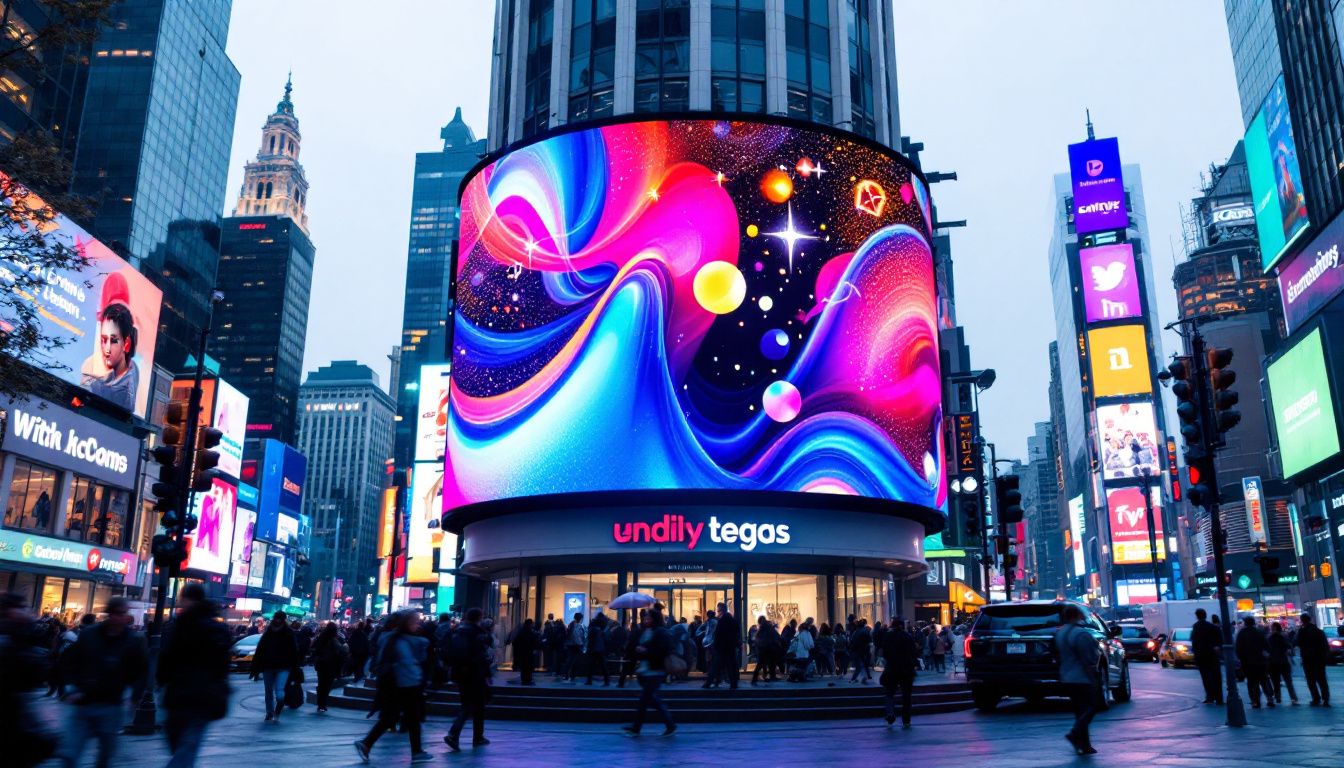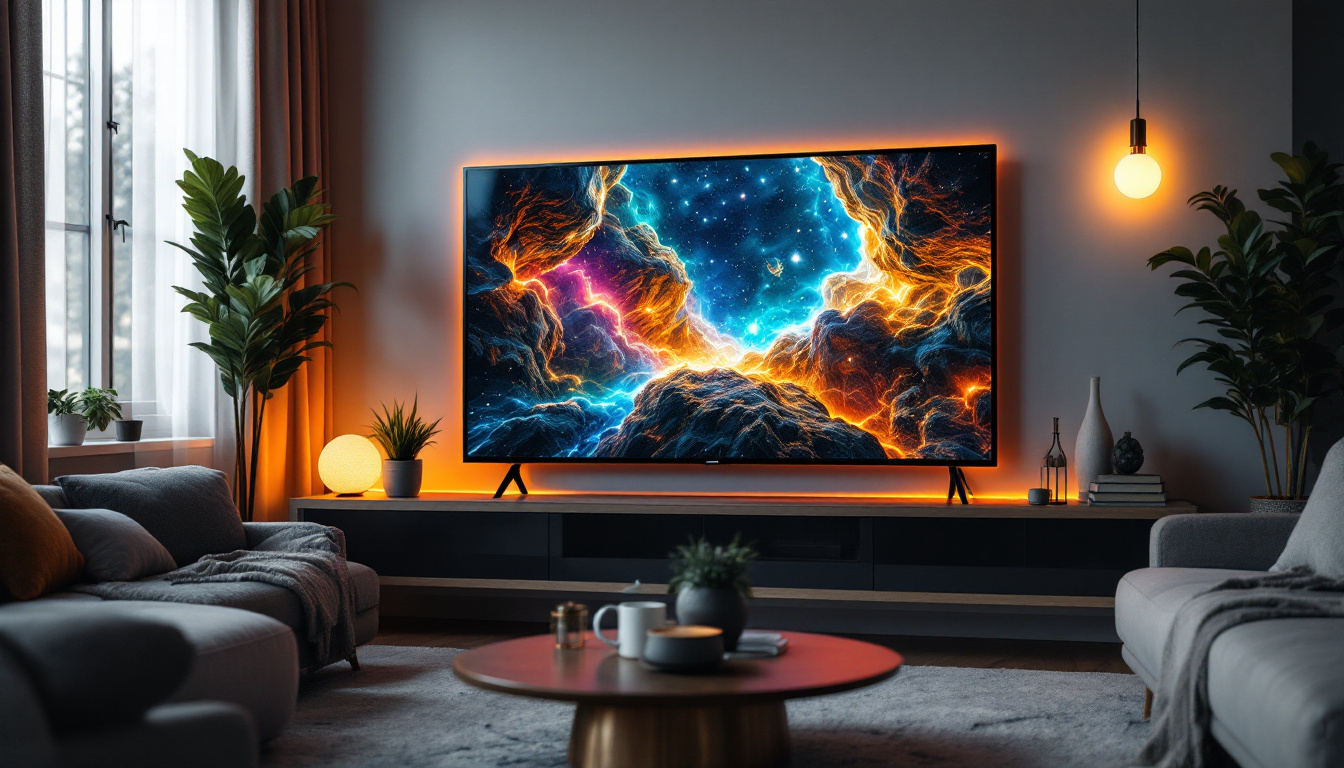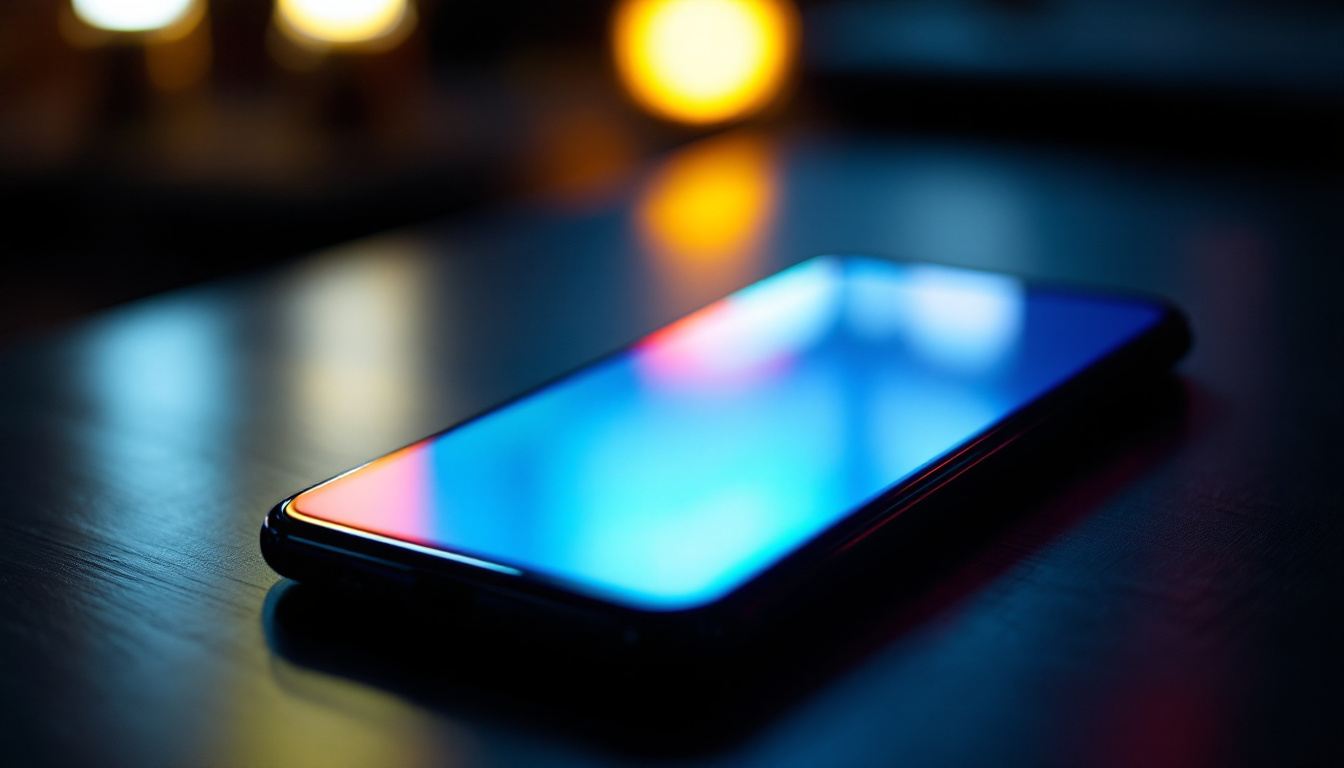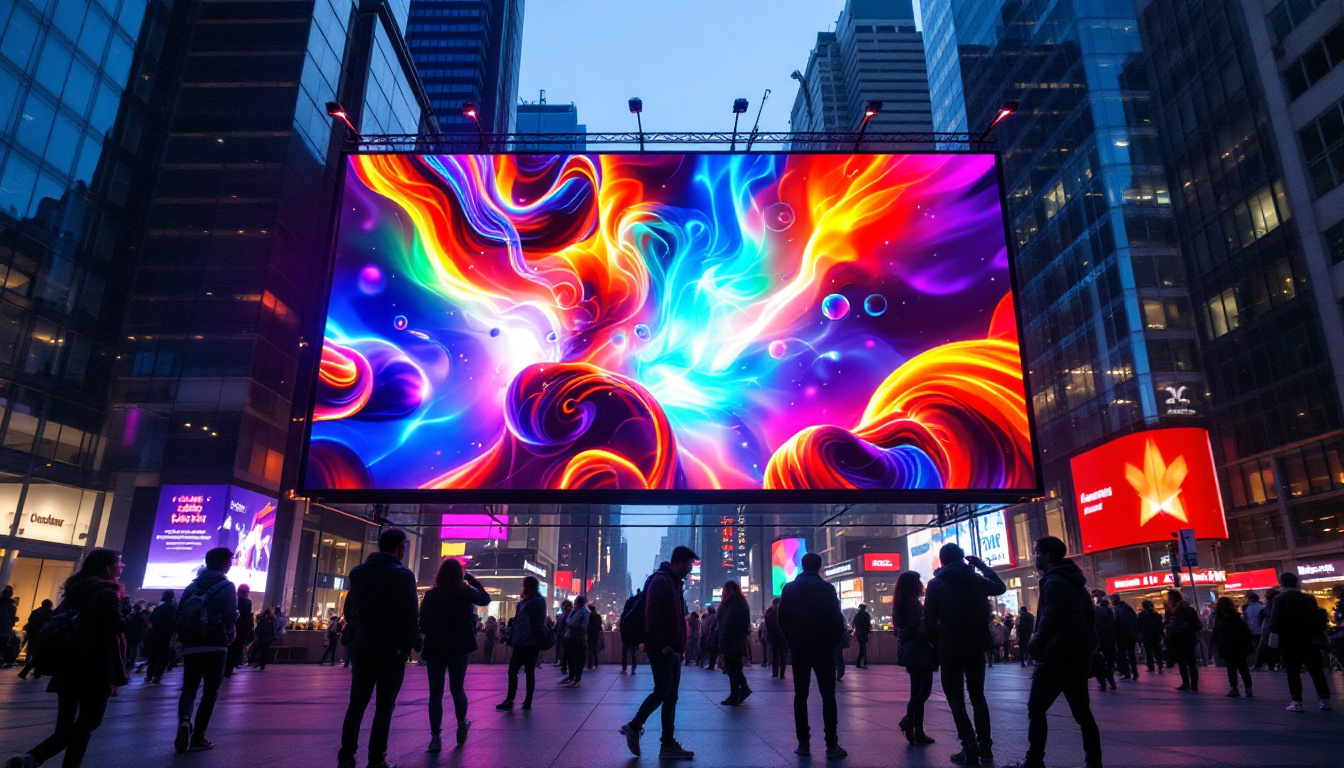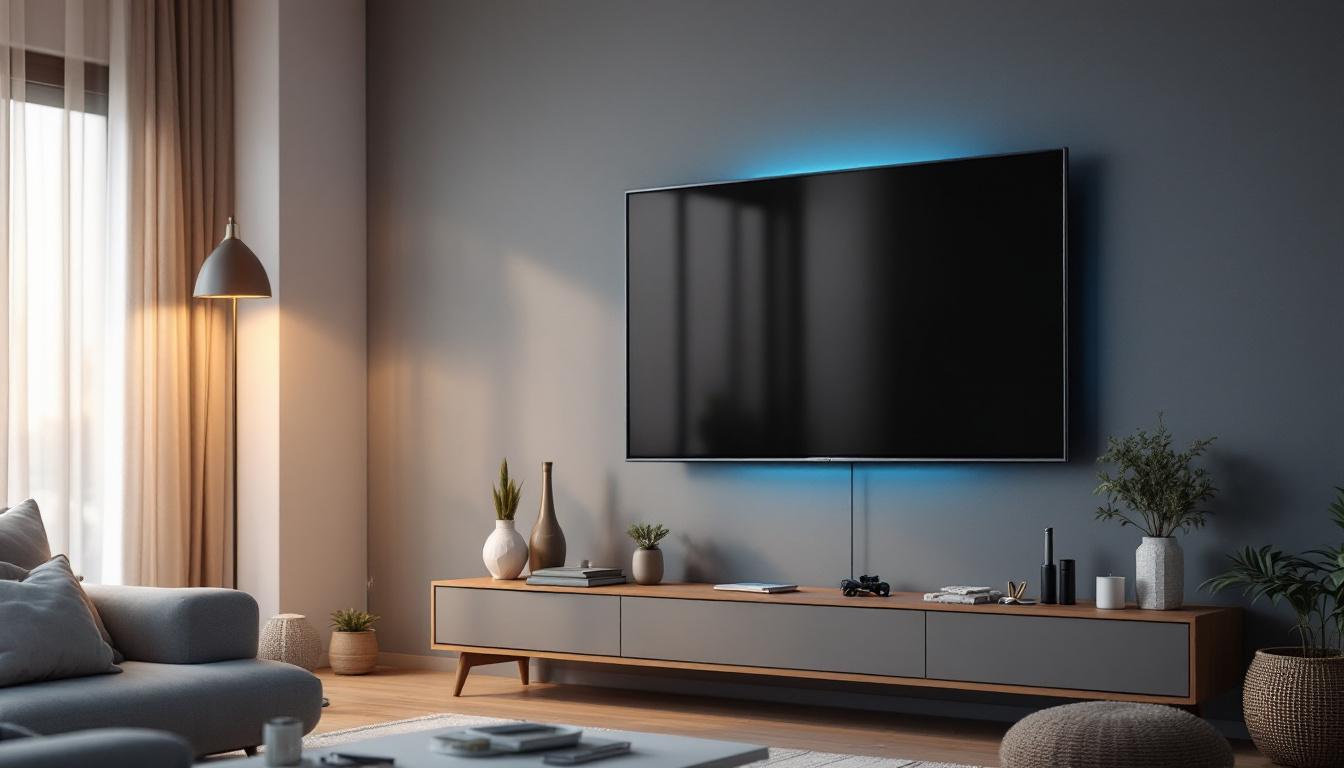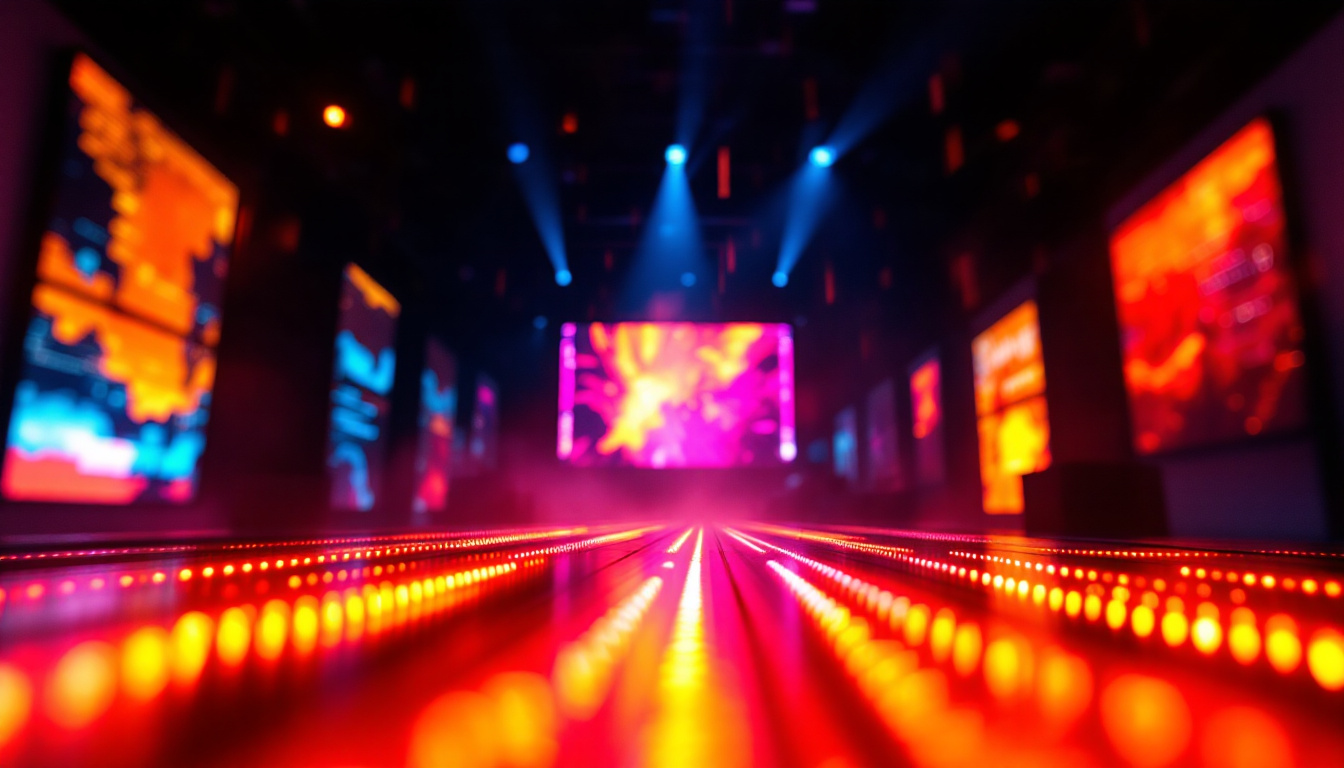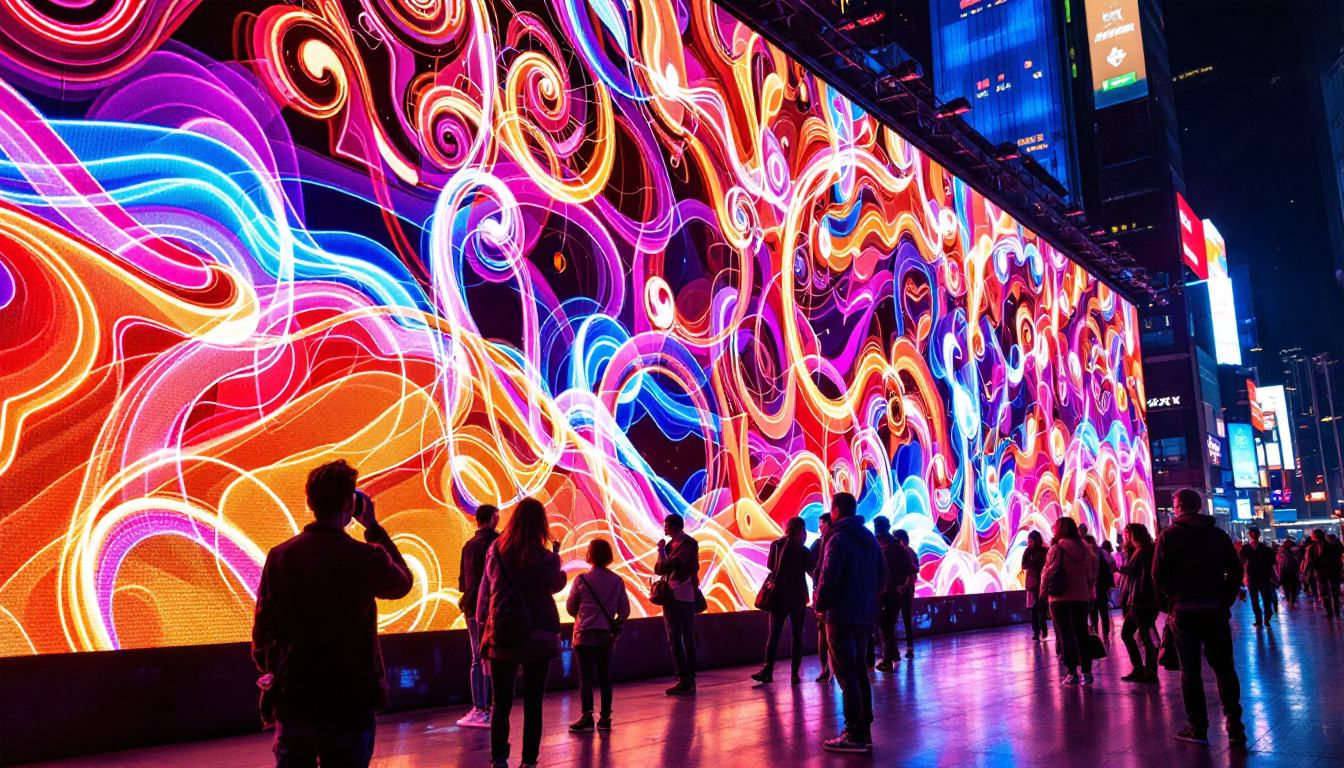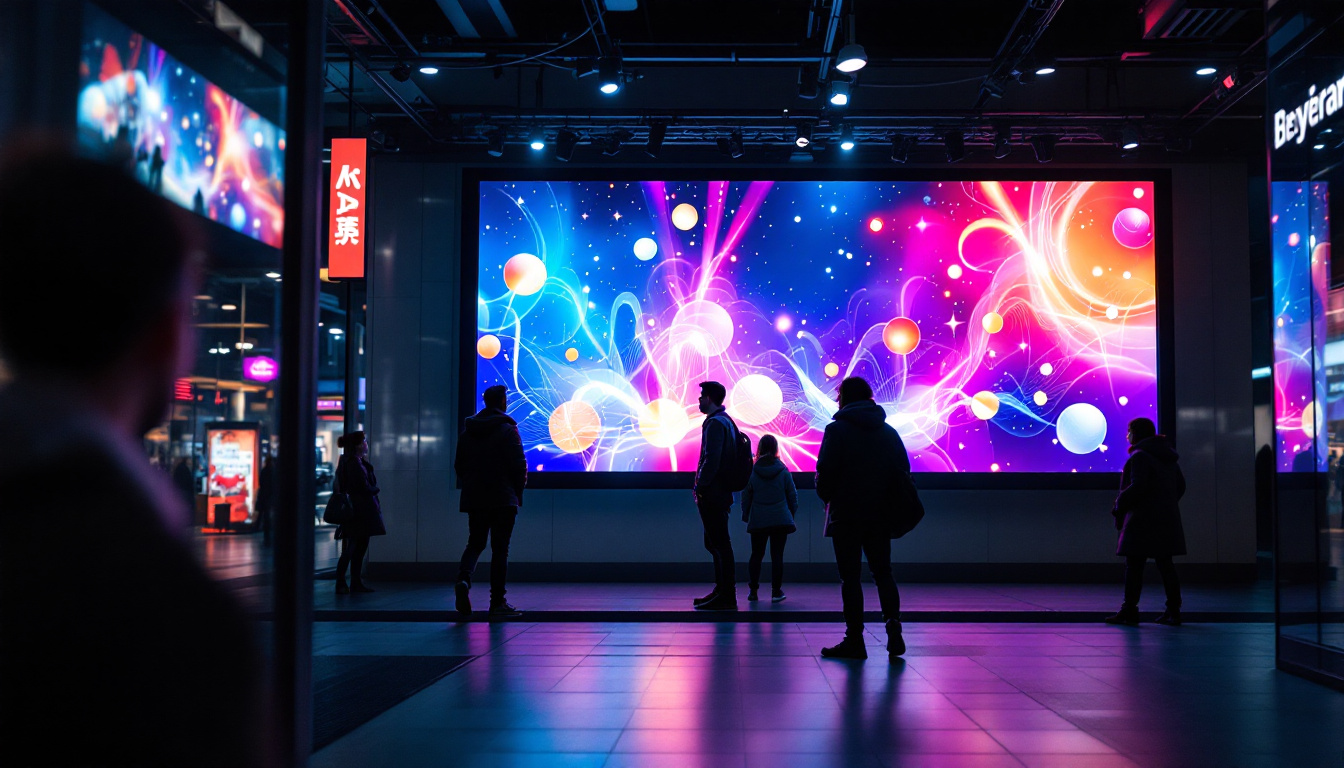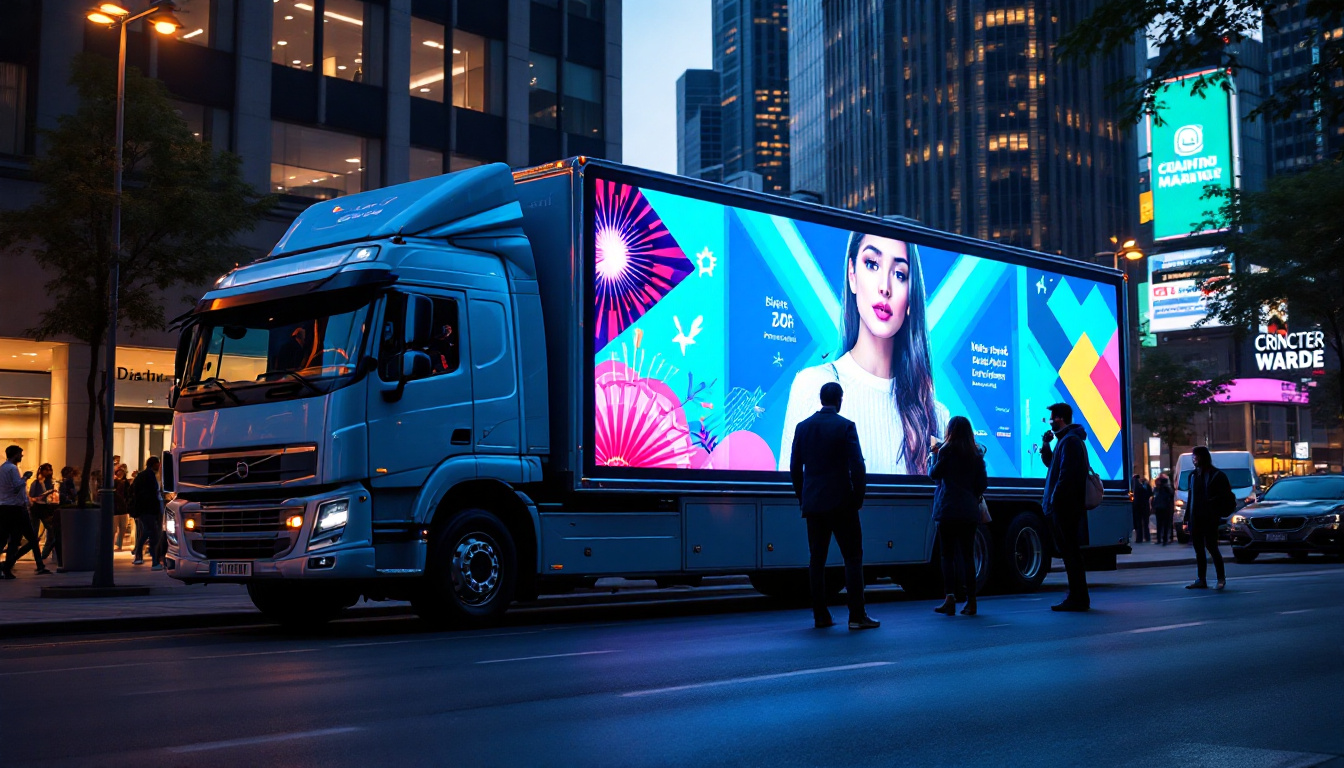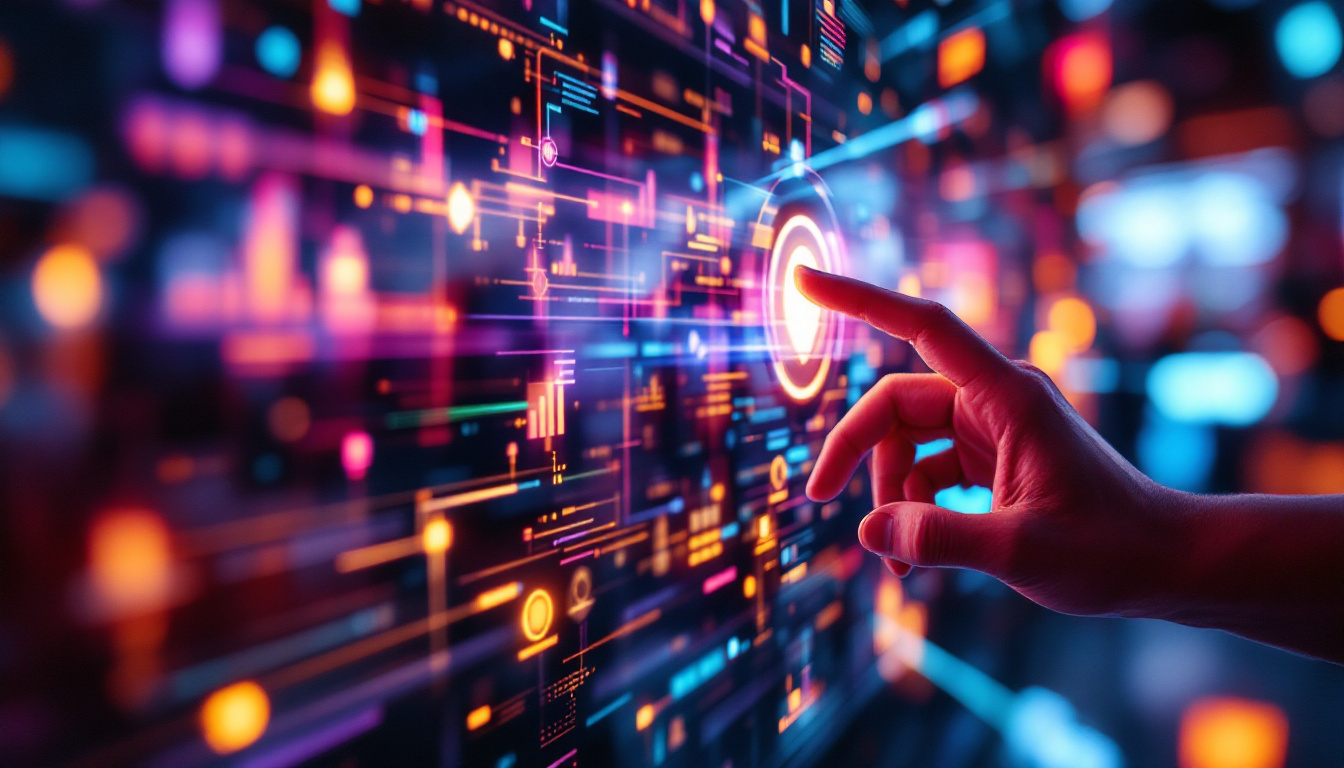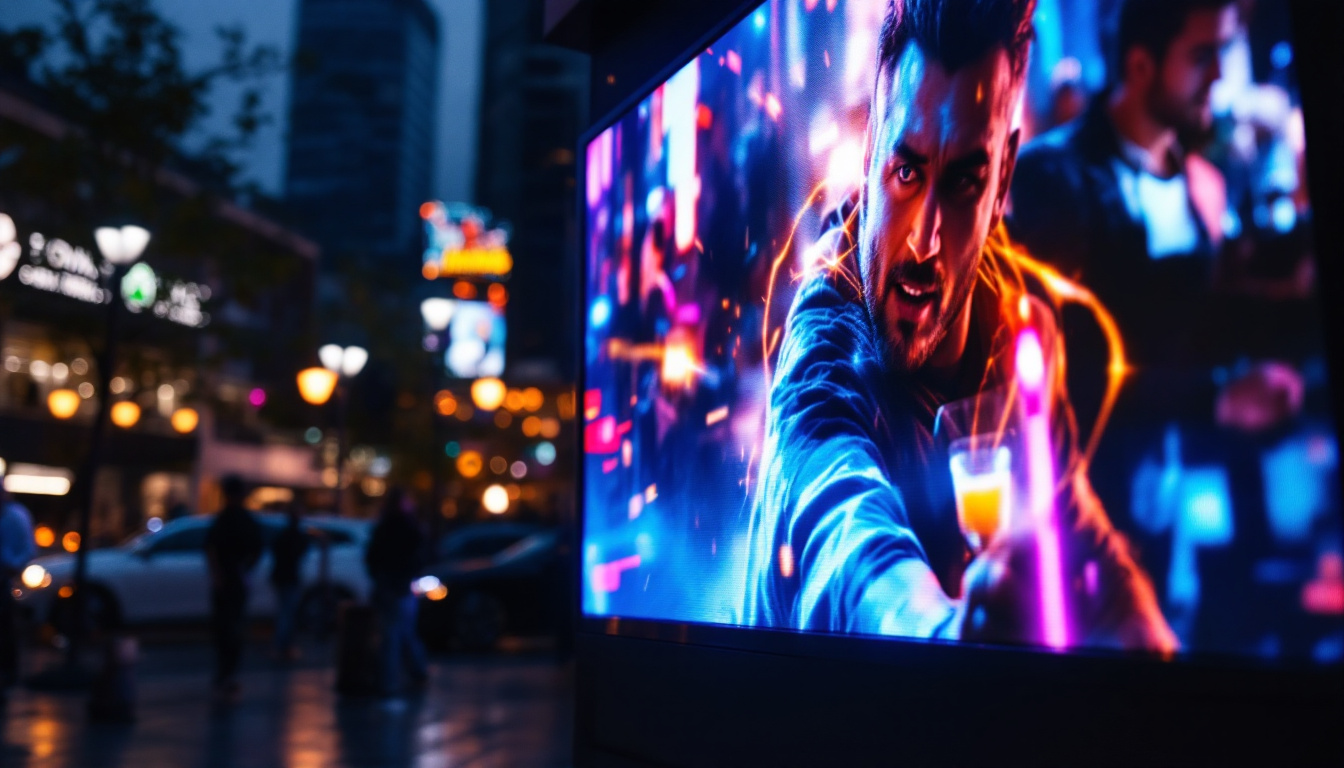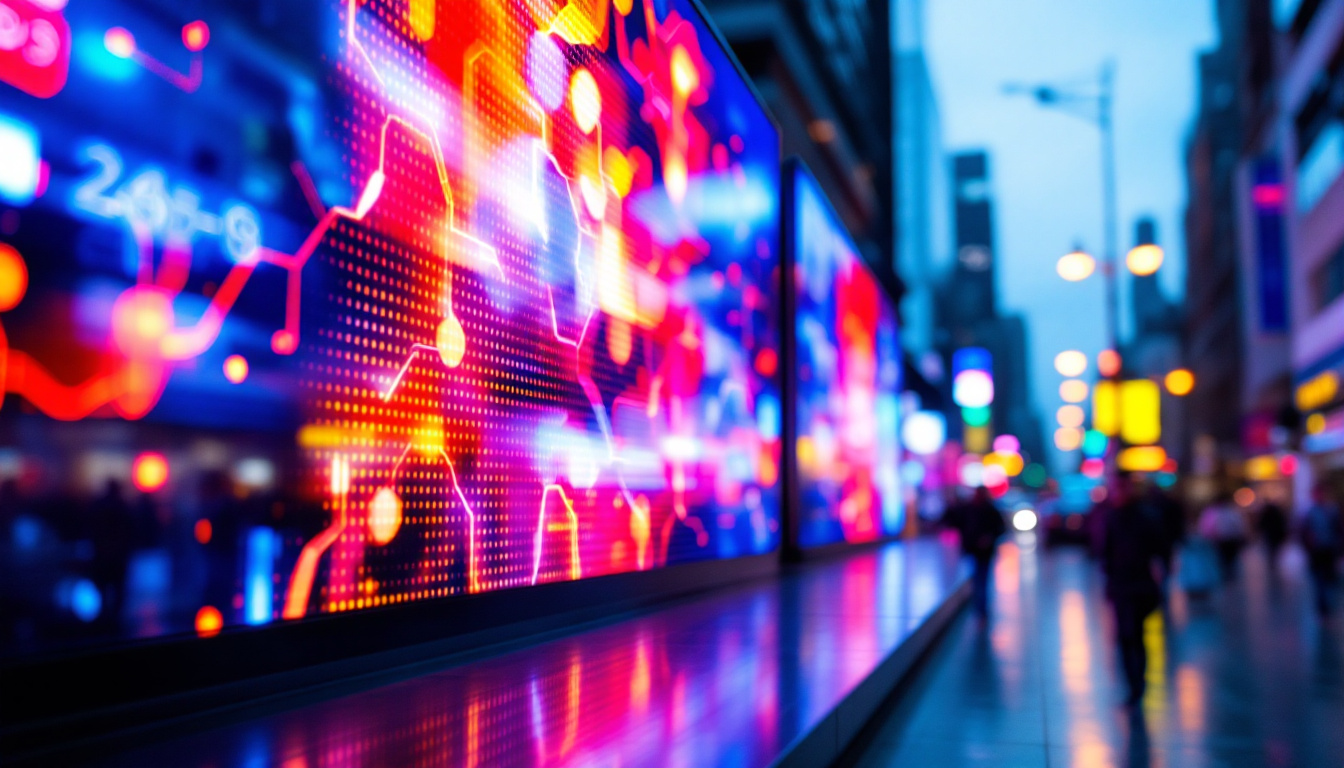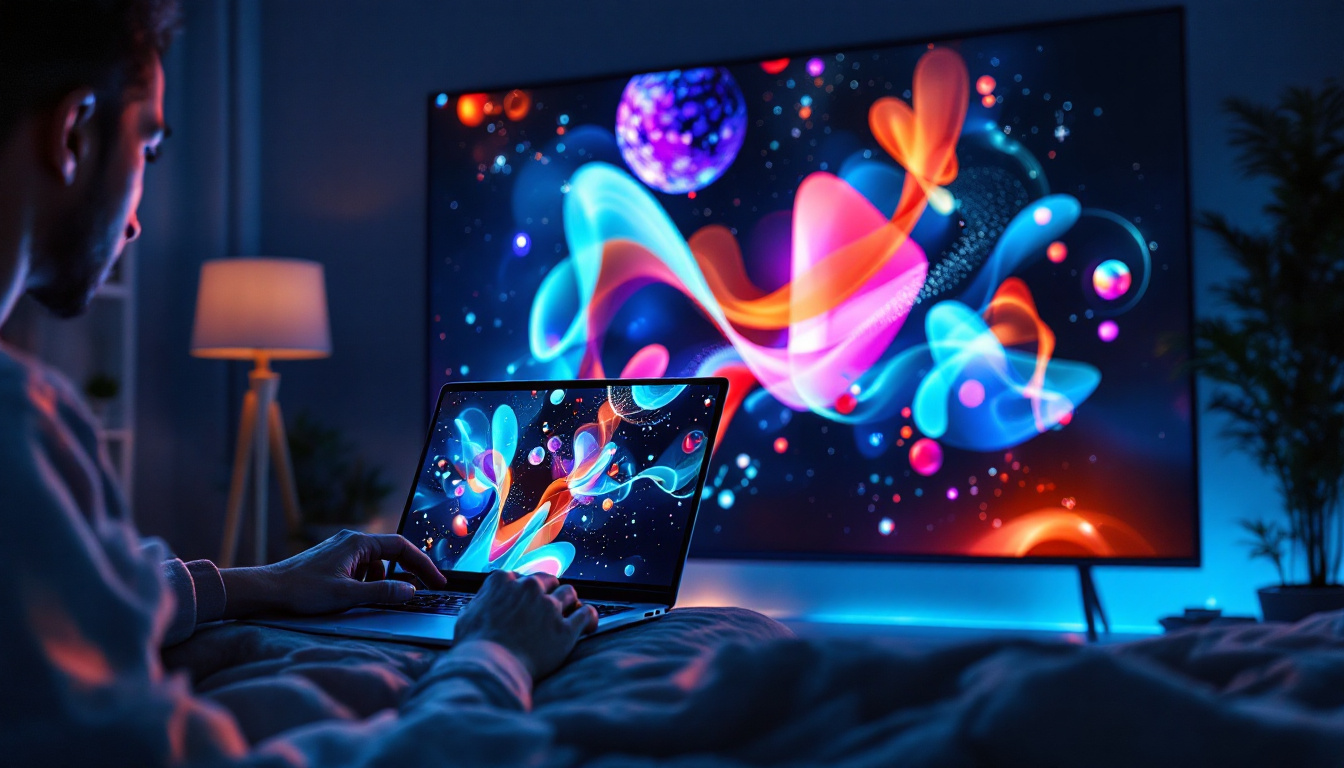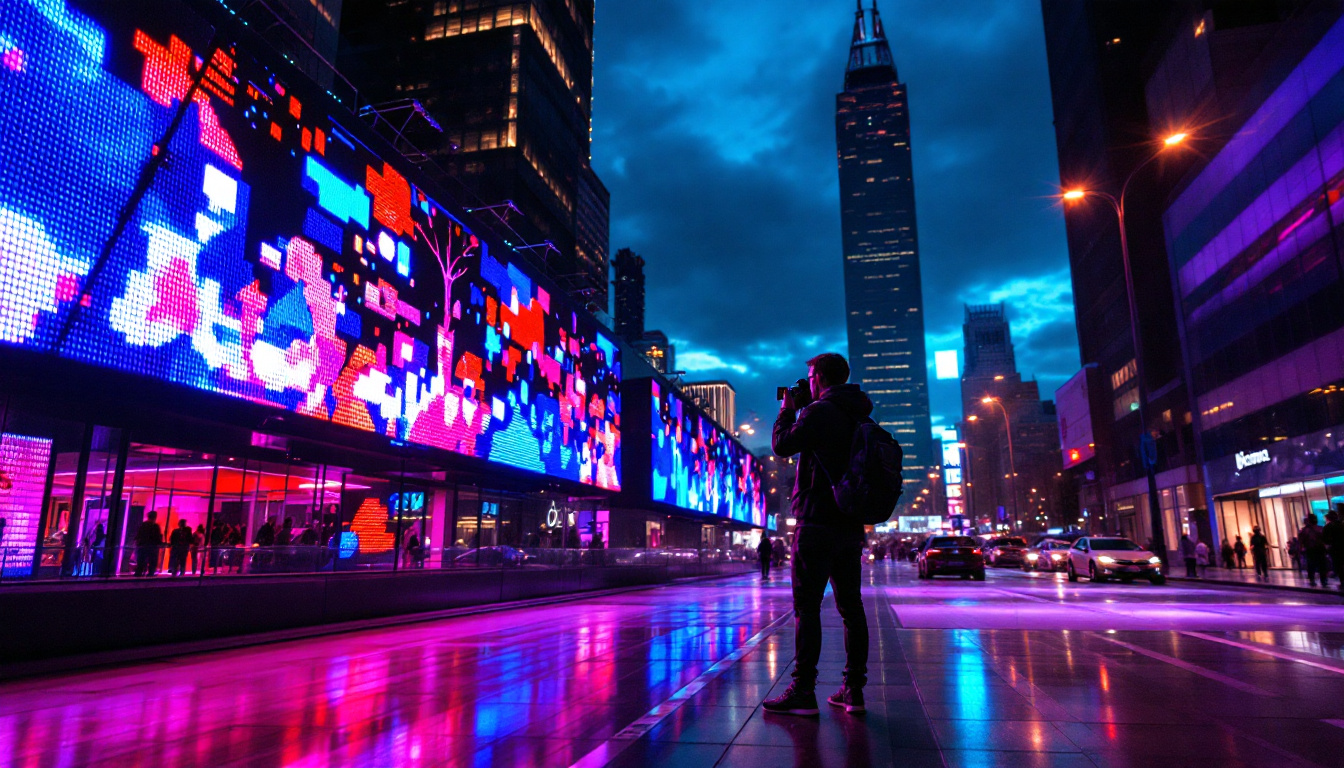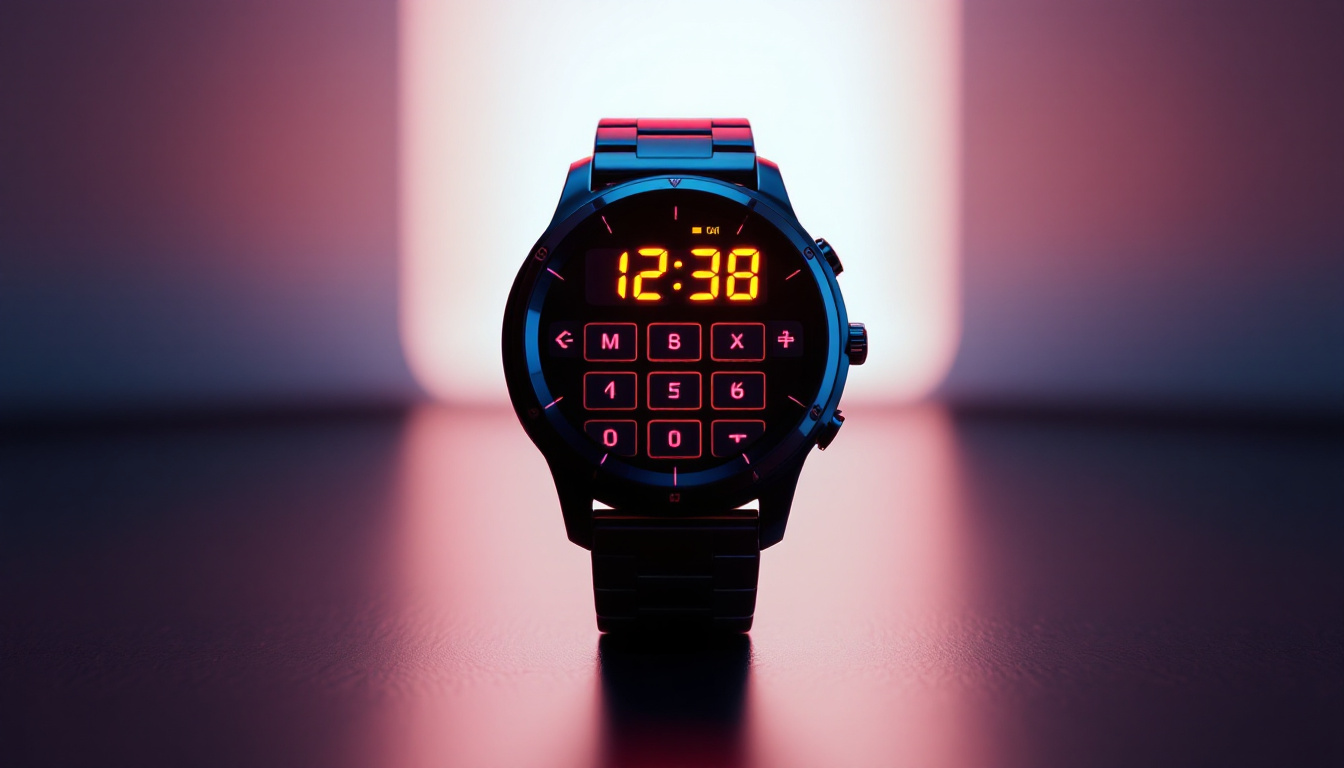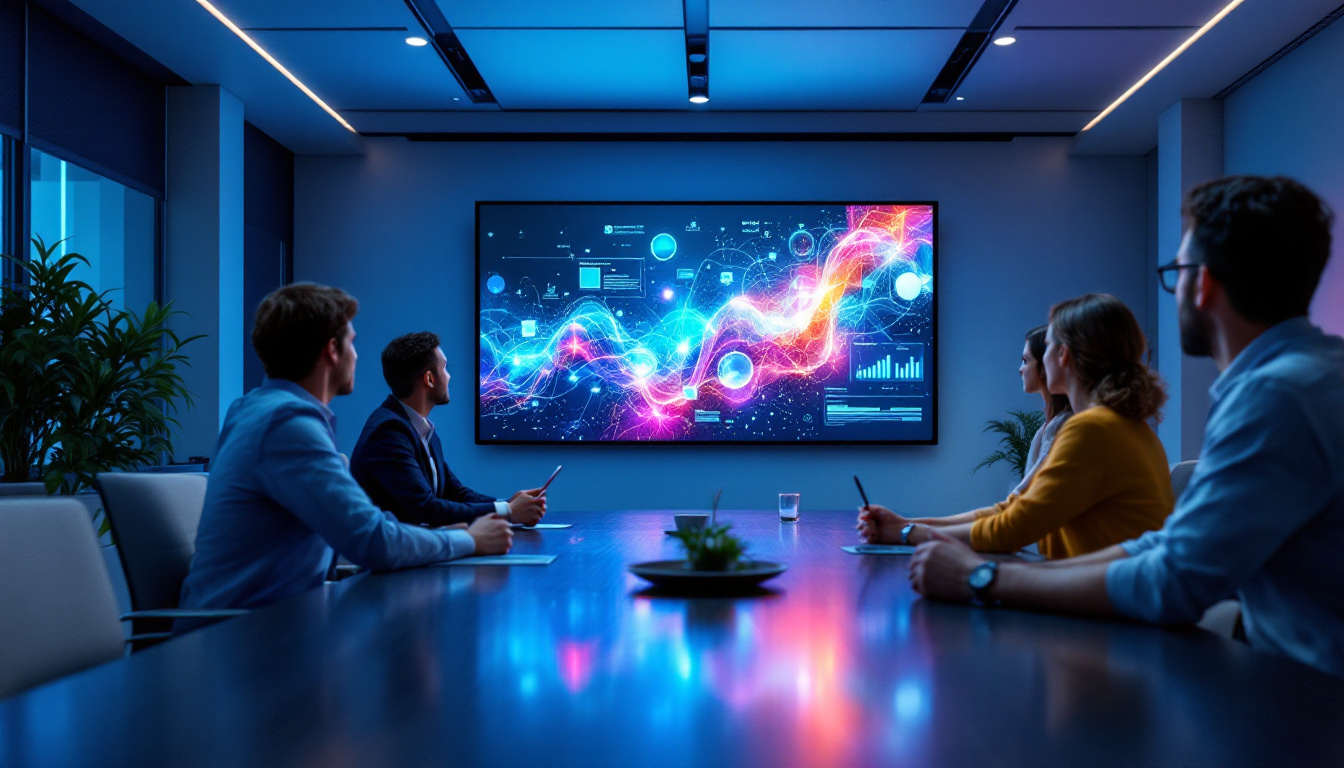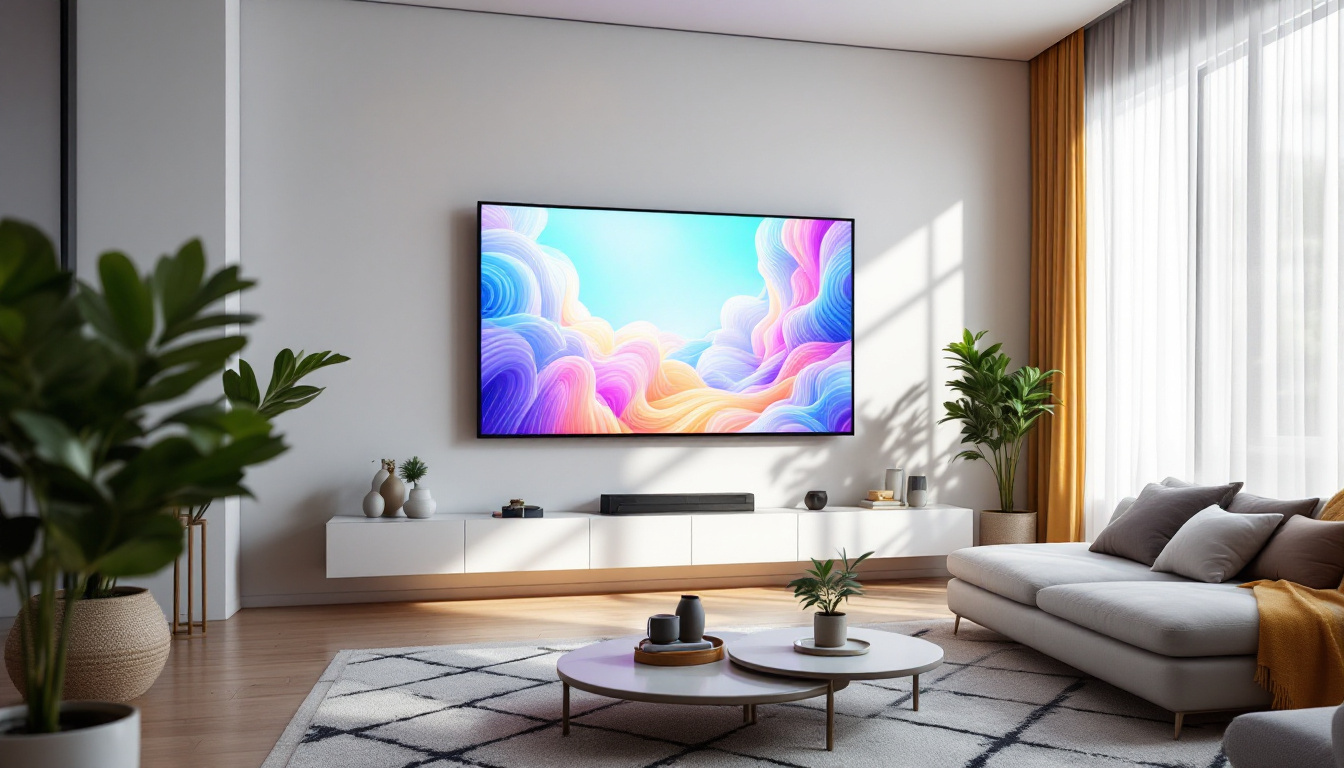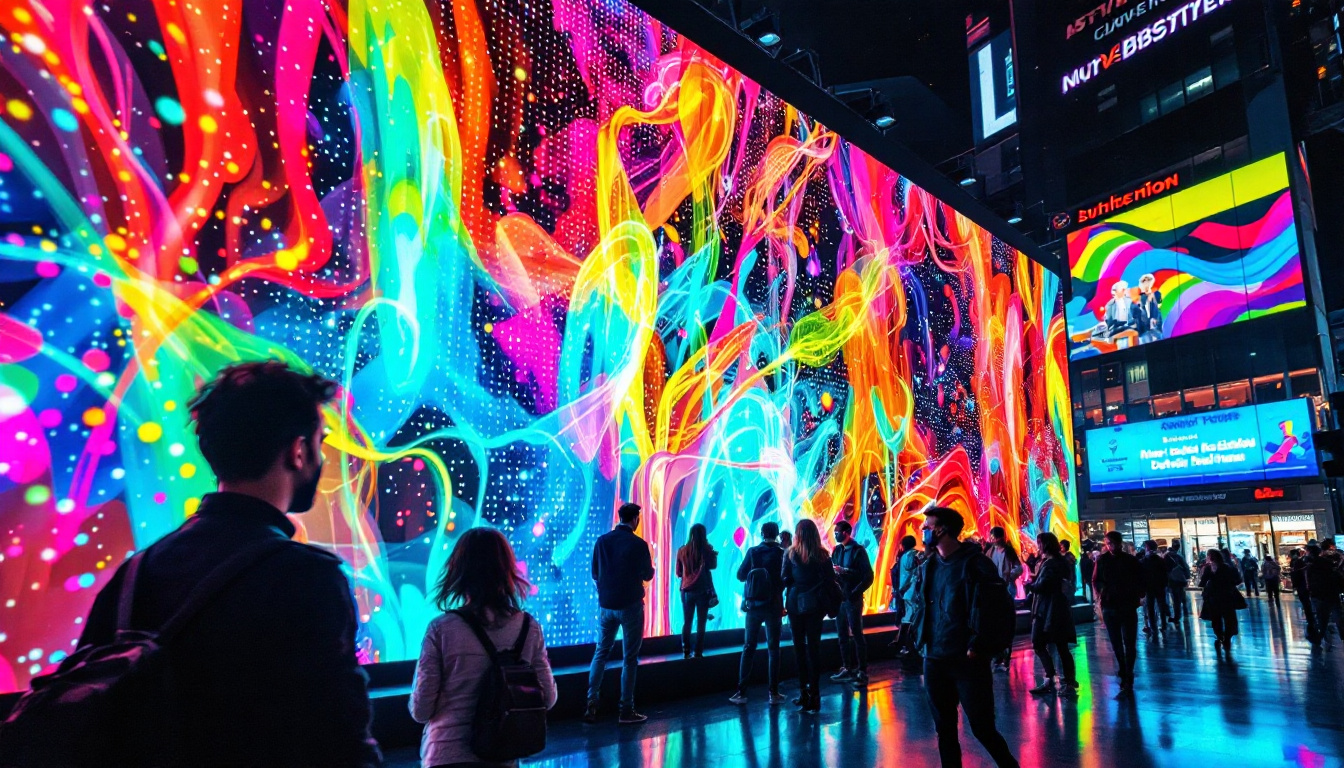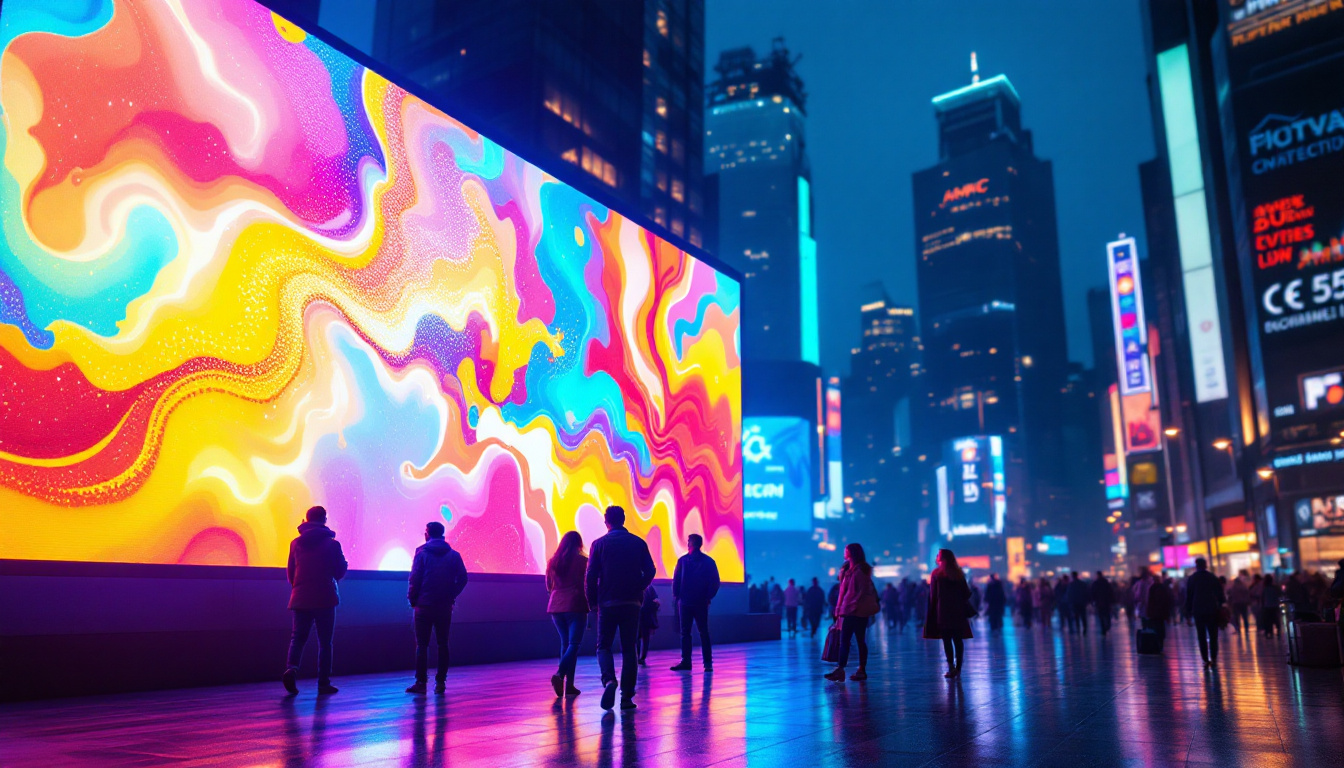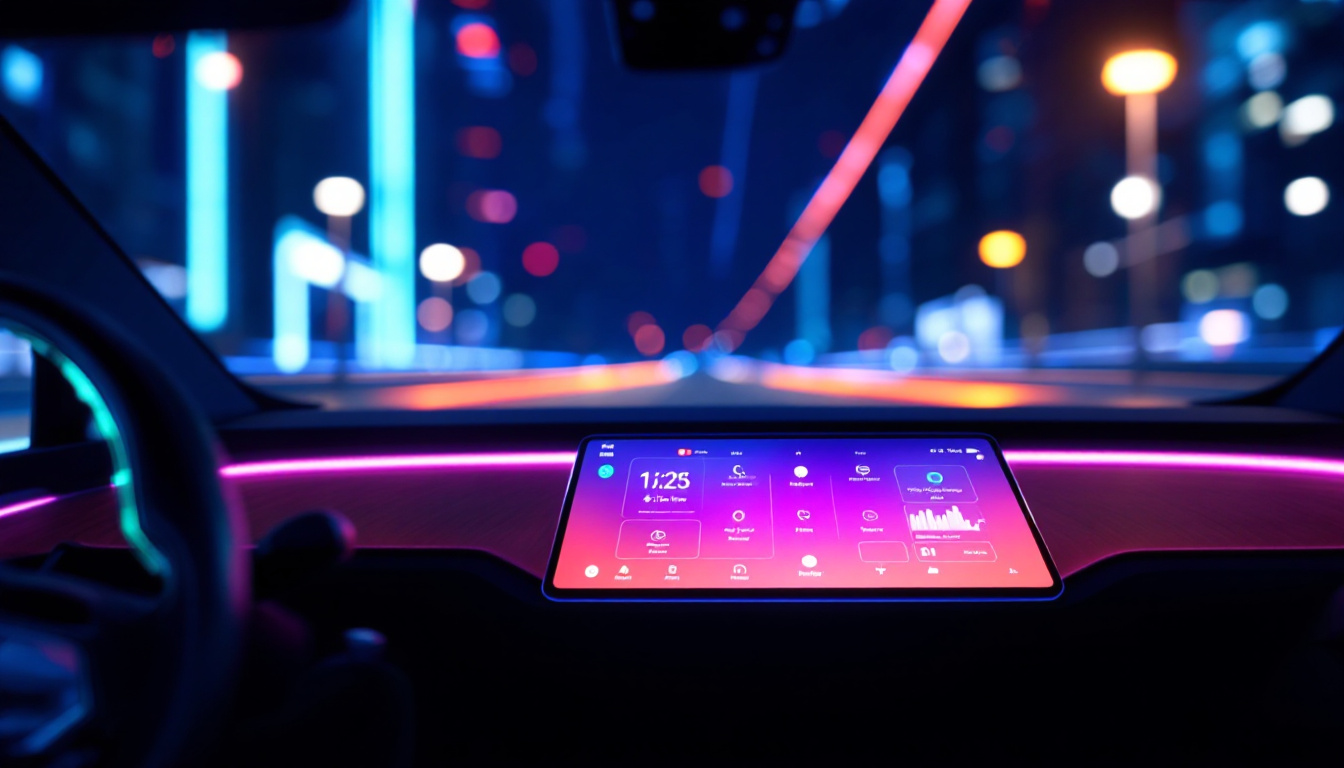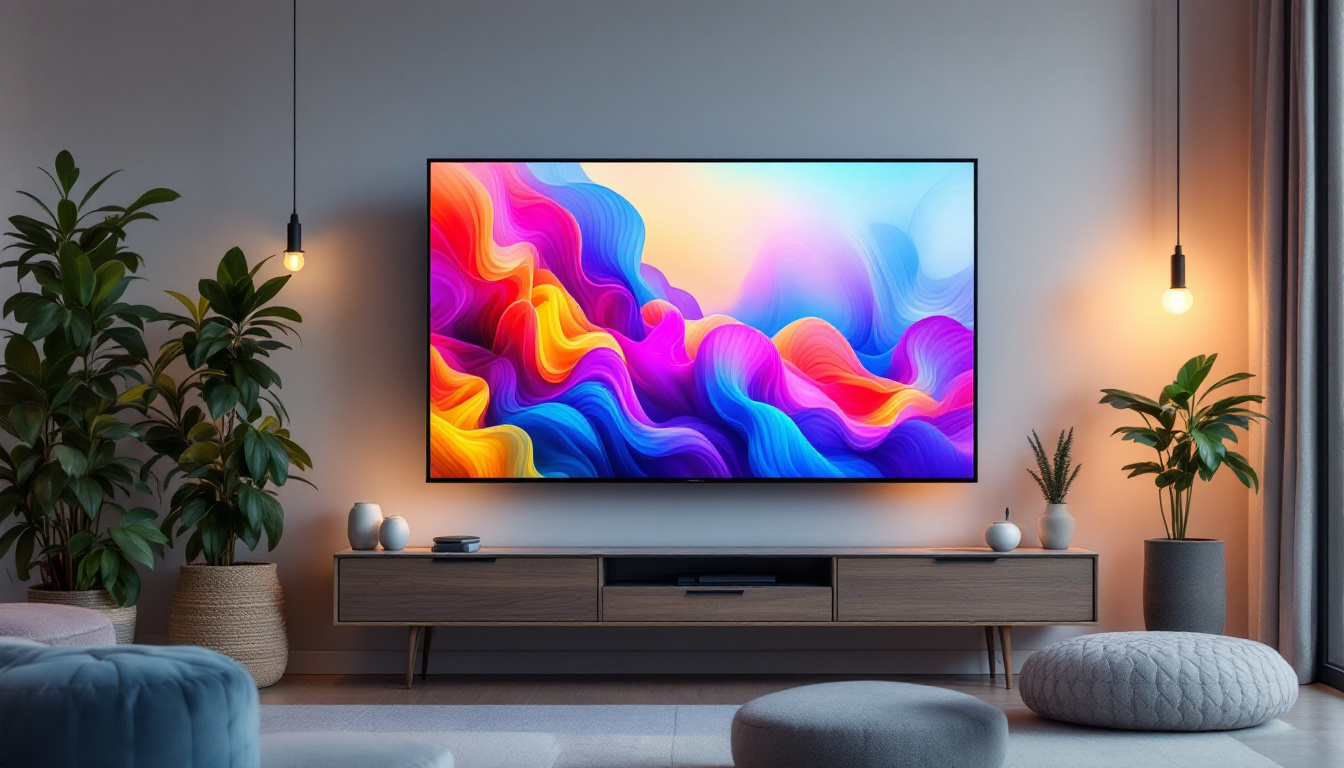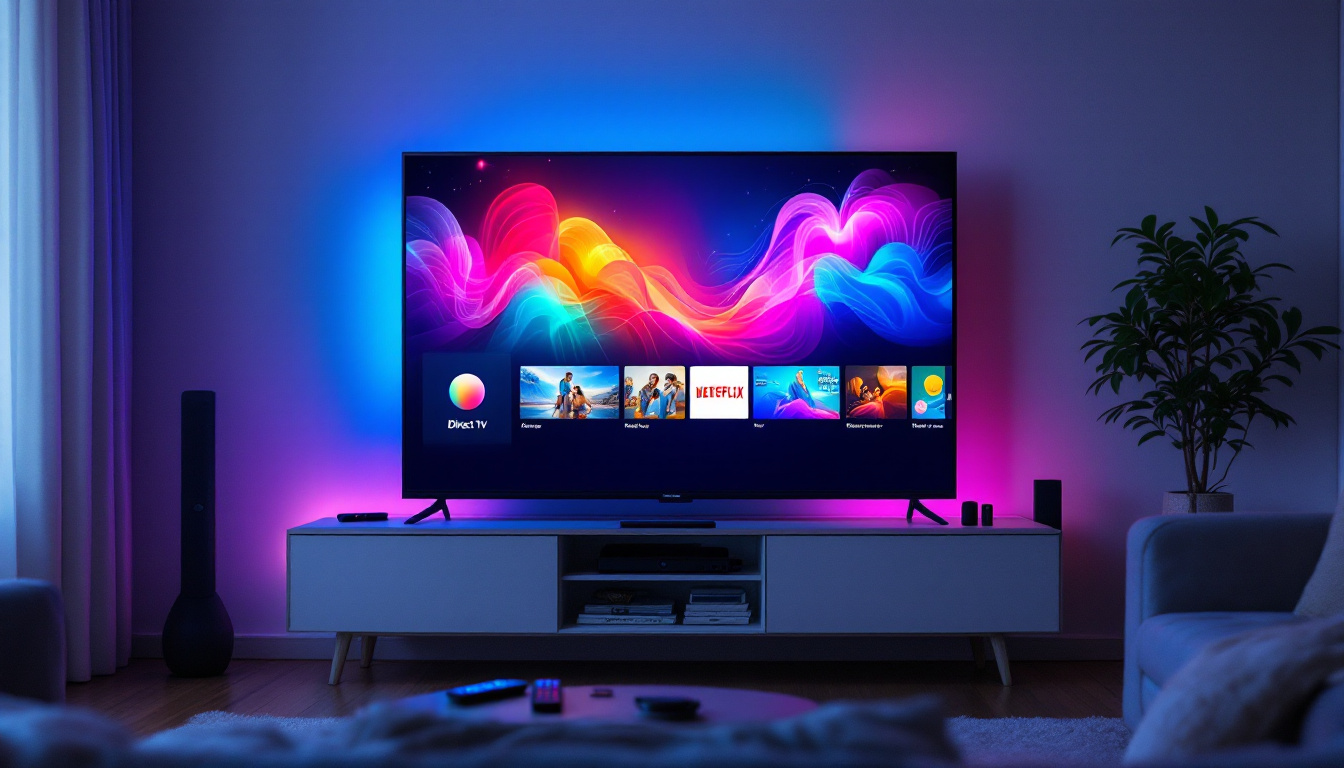In an era where multitasking and productivity are paramount, the use of multiple monitors has become increasingly popular. This setup not only enhances workflow but also provides a visually stunning experience. Among the various options available, LED displays stand out for their vibrant colors and energy efficiency. This article delves into the intricacies of wallpapering multiple monitors, focusing on LED displays, their advantages, and how to optimize your workspace.
Understanding Multiple Monitor Setups
Multiple monitor setups involve connecting two or more displays to a single computer, allowing users to extend their workspace. This configuration is particularly beneficial for professionals in fields such as graphic design, video editing, and data analysis. By spreading applications across screens, users can enhance their productivity and streamline their workflow.
The Basics of Monitor Configuration
Setting up multiple monitors requires a few essential components. First, a compatible graphics card is necessary to support multiple outputs. Most modern graphics cards can handle two or more displays simultaneously. Secondly, the physical connection between the monitors and the computer is crucial. Common connection types include HDMI, DisplayPort, and VGA, with HDMI and DisplayPort being the most prevalent in contemporary setups.
Once the hardware is in place, configuring the display settings is the next step. This can usually be done through the operating system’s display settings menu, where users can choose to extend or duplicate their screens. Extending the display allows for a seamless transition between monitors, while duplicating mirrors the same content across all screens. Users may also need to adjust the resolution and orientation of each monitor to ensure a cohesive visual experience, especially when using monitors of different sizes or resolutions.
Benefits of Multiple Monitors
The advantages of a multi-monitor setup are numerous. Firstly, it increases screen real estate, enabling users to have multiple applications open simultaneously without the need to switch between tabs. This is particularly advantageous for tasks that require constant reference to different documents or applications.
Additionally, multiple monitors can enhance focus and reduce distractions. By dedicating one screen to specific tasks, users can minimize the clutter on their primary display. This organization can lead to improved concentration and efficiency, ultimately resulting in higher productivity levels. Moreover, for professionals like software developers or financial analysts, having a dedicated screen for coding or data visualization can significantly reduce the time spent on task-switching, allowing for a smoother and more intuitive workflow.
Furthermore, the benefits of a multi-monitor setup extend beyond mere productivity. Many users find that having additional screens can improve their overall work experience. For instance, video editors can keep their timeline on one monitor while previewing their edits on another, providing a more immersive editing environment. Similarly, gamers often utilize multiple monitors to create a more expansive field of view, enhancing their gaming experience. This versatility makes multi-monitor setups not only a tool for efficiency but also a means to enrich various activities, from professional tasks to leisure pursuits.
LED Displays: The Ideal Choice for Multi-Monitor Setups
When it comes to choosing the right monitors for a multi-display setup, LED displays are often the preferred choice. Their advantages over traditional LCD screens make them an attractive option for both casual users and professionals alike.
Vibrant Colors and Clarity
One of the standout features of LED displays is their ability to produce vibrant colors and sharp images. This is due to the use of light-emitting diodes (LEDs) as backlighting, which provides a wider color gamut compared to traditional LCDs. As a result, images appear more vivid, making them ideal for tasks that require precise color accuracy, such as graphic design and video editing.
Moreover, LED displays often feature higher contrast ratios, which enhance the overall viewing experience. Darker blacks and brighter whites contribute to a more dynamic image, allowing users to enjoy a richer visual experience across multiple monitors. This is particularly important for gamers and content creators who rely on high-quality visuals to immerse themselves in their work or play. The ability to see subtle details in shadows and highlights can make a significant difference in the quality of the final product.
Energy Efficiency and Longevity
Another significant advantage of LED displays is their energy efficiency. Compared to traditional monitors, LED screens consume less power, which can lead to cost savings over time. This is particularly beneficial for users who spend long hours in front of their screens, as lower energy consumption translates to reduced electricity bills.
In addition to being energy-efficient, LED displays tend to have a longer lifespan. With fewer components that can wear out over time, these monitors are built to last, making them a wise investment for both home and office environments. The durability of LED technology also means that users can enjoy consistent performance over the years, reducing the need for frequent replacements. Furthermore, many LED displays come equipped with features such as adaptive brightness and flicker-free technology, which not only enhance the viewing experience but also contribute to eye comfort during extended use. This is especially crucial for professionals who rely on their monitors for long periods, as it helps to reduce eye strain and fatigue, allowing for more productive work sessions.
Setting Up Wallpaper for Multiple Monitors
Creating a cohesive and visually appealing wallpaper across multiple monitors can enhance the overall aesthetic of a workspace. Whether for personal enjoyment or professional branding, the right wallpaper can make a significant impact.
Choosing the Right Wallpaper
When selecting wallpaper for a multi-monitor setup, it is essential to consider the resolution and aspect ratio of each display. Ideally, the wallpaper should match the combined resolution of all monitors to ensure a seamless appearance. For example, if two monitors with a resolution of 1920×1080 are used side by side, the wallpaper should ideally be 3840×1080 to cover both screens without distortion.
There are numerous sources for high-quality wallpapers, ranging from dedicated websites to online communities. It is advisable to choose images that are not only visually appealing but also relevant to the user’s interests or professional field. This personal touch can create a more inviting and inspiring workspace.
Creating a Seamless Wallpaper Experience
To achieve a seamless wallpaper experience, users can utilize specific software tools designed for multi-monitor setups. These tools allow for easy customization and management of wallpapers across different screens. Some popular options include DisplayFusion, UltraMon, and Wallpaper Engine, which provide various features such as stretching images across multiple displays or setting different wallpapers for each monitor.
Additionally, users can create their own custom wallpapers by using graphic design software. This allows for complete control over the design elements, enabling users to craft a unique visual experience that reflects their personality or brand.
Optimizing Your Multi-Monitor Workspace
Once the monitors are set up and the wallpaper is in place, optimizing the workspace is the next step. An efficient layout can significantly enhance productivity and comfort during extended use.
Ergonomic Considerations
When arranging multiple monitors, ergonomic considerations should not be overlooked. The monitors should be positioned at eye level to prevent strain on the neck and back. Ideally, the primary monitor should be directly in front of the user, while secondary monitors can be angled slightly to reduce neck rotation.
Additionally, the distance between the user and the monitors is crucial. A distance of approximately an arm’s length is generally recommended to minimize eye strain. Adjustable monitor stands or arms can be beneficial in achieving the desired height and distance.
Organizing Your Workspace
Maintaining an organized workspace can further enhance productivity. This includes managing cables effectively to avoid clutter and ensuring that frequently used items are easily accessible. Cable management solutions, such as clips or sleeves, can help keep cords tidy and out of sight.
Furthermore, utilizing software tools to manage open applications can streamline workflow. Virtual desktops, for instance, allow users to group applications by task, reducing visual clutter and making it easier to focus on specific projects.
Common Challenges and Solutions
While multi-monitor setups offer numerous benefits, they can also present challenges. Understanding these potential issues and their solutions can help users maximize their experience.
Compatibility Issues
One common challenge is compatibility between monitors and the graphics card. Not all graphics cards can support multiple displays, especially if they have different resolutions or refresh rates. To mitigate this issue, it is essential to check the specifications of the graphics card and ensure it can handle the desired setup.
In some cases, users may need to adjust the display settings to match the capabilities of the monitors. This may involve lowering the resolution of one or more displays to ensure a smooth experience across all screens.
Display Alignment and Calibration
Another challenge is ensuring that the monitors are properly aligned and calibrated. Misalignment can lead to a disjointed visual experience, making it difficult to move applications seamlessly between screens. Calibration tools can help adjust brightness, contrast, and color settings to ensure consistency across all displays.
Most operating systems also offer options for aligning displays within the display settings menu. Users can drag and drop the monitor icons to match their physical arrangement, ensuring a smooth transition of applications between screens.
Conclusion
In conclusion, wallpapering multiple monitors with LED displays offers a unique blend of aesthetic appeal and functional advantages. By understanding the setup process, selecting the right wallpaper, and optimizing the workspace, users can create an environment that enhances productivity and creativity. While challenges may arise, they can often be overcome with careful planning and the right tools.
As technology continues to evolve, the possibilities for multi-monitor setups will only expand. Embracing this trend can lead to a more efficient and visually engaging workspace, ultimately benefiting both personal and professional endeavors.
Investing in a multi-monitor setup with LED displays not only transforms the way tasks are approached but also elevates the overall computing experience. Whether for work, gaming, or creative projects, the combination of vibrant visuals and increased screen real estate is sure to impress.
Discover LumenMatrix LED Display Solutions
Ready to take your multi-monitor setup to the next level? Explore LumenMatrix’s innovative LED display technology, designed to bring your workspace to life with unparalleled vibrancy and clarity. Whether you’re looking to enhance your professional environment or create an immersive gaming and creative space, LumenMatrix offers a wide range of solutions, including Indoor and Outdoor LED Wall Displays, Vehicle LED Displays, and more. Elevate your visual experience and communicate with impact using LumenMatrix’s cutting-edge displays. Check out LumenMatrix LED Display Solutions today and see the difference for yourself.

